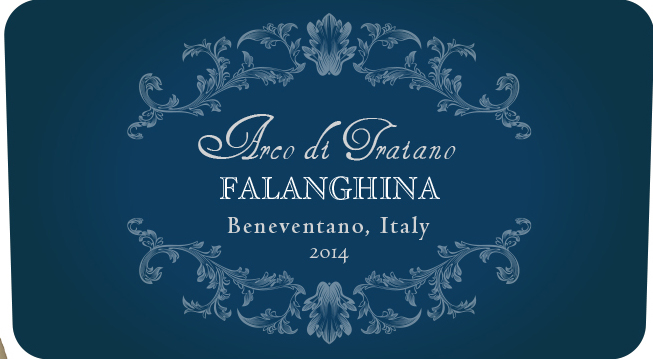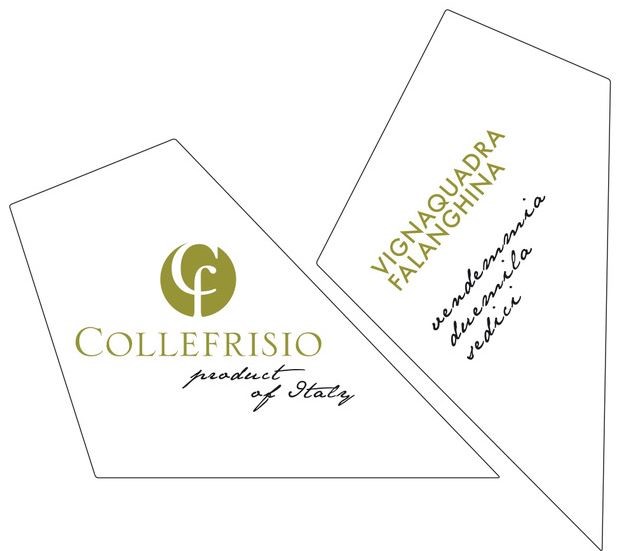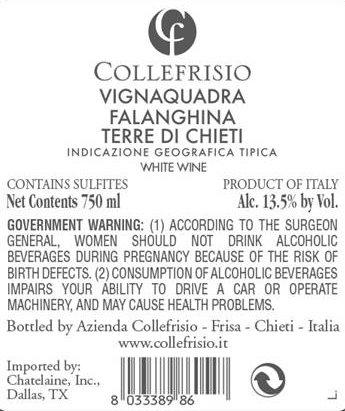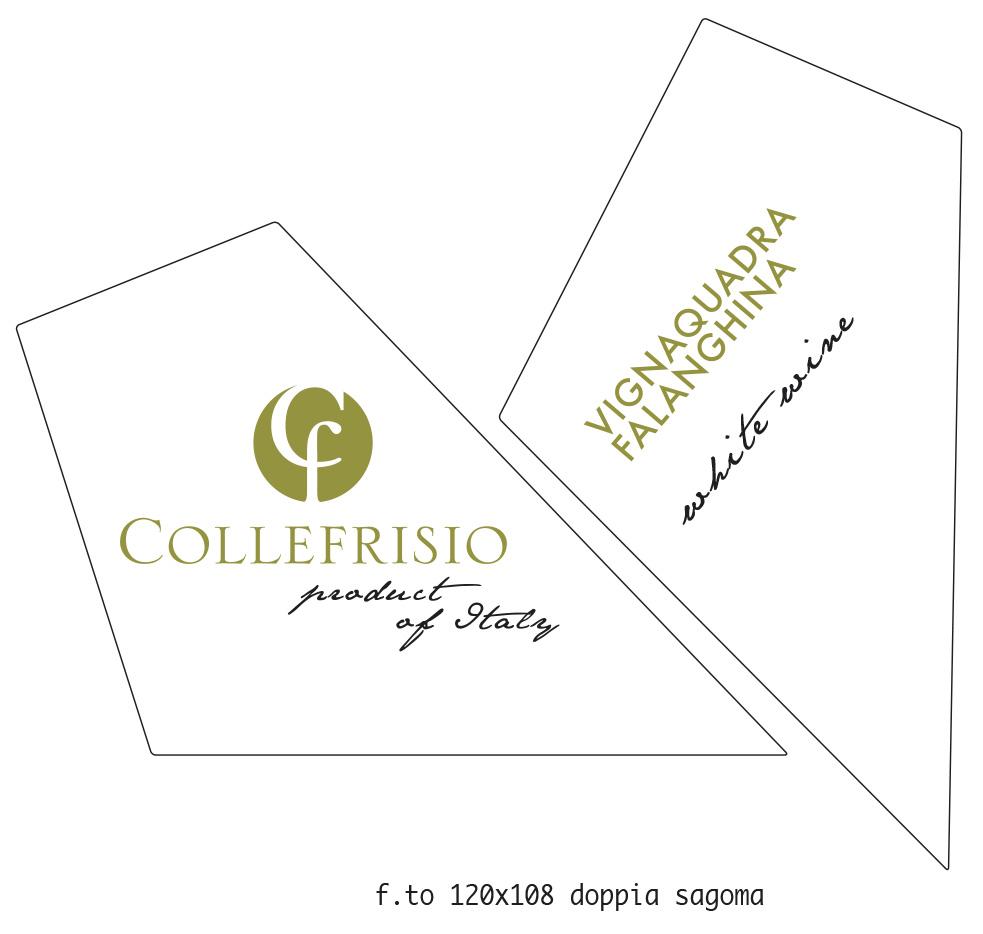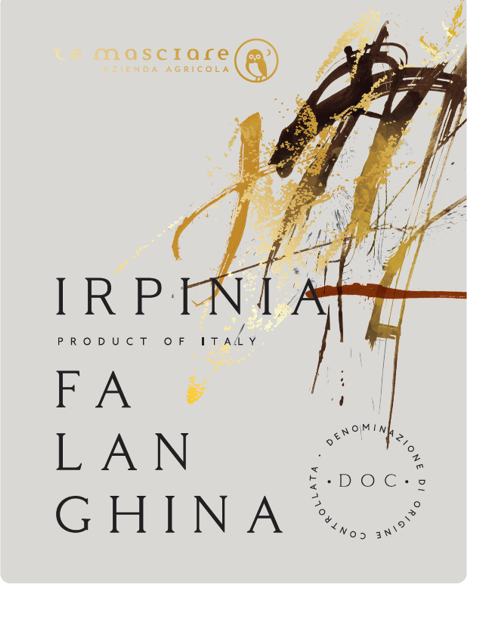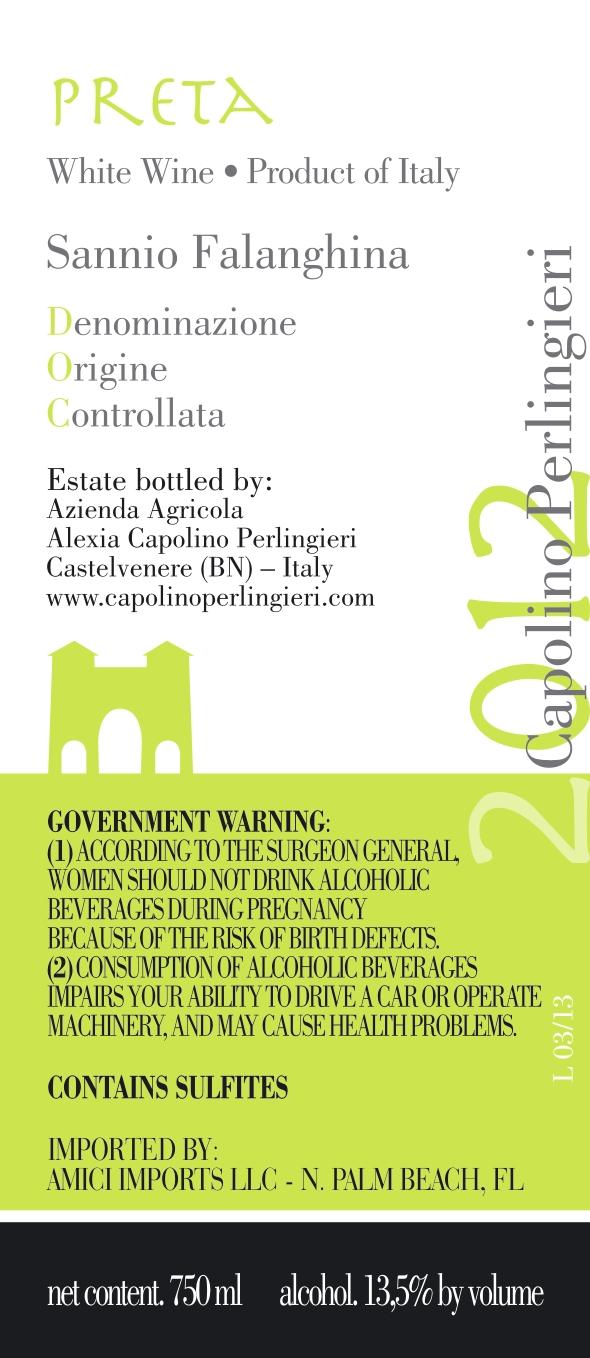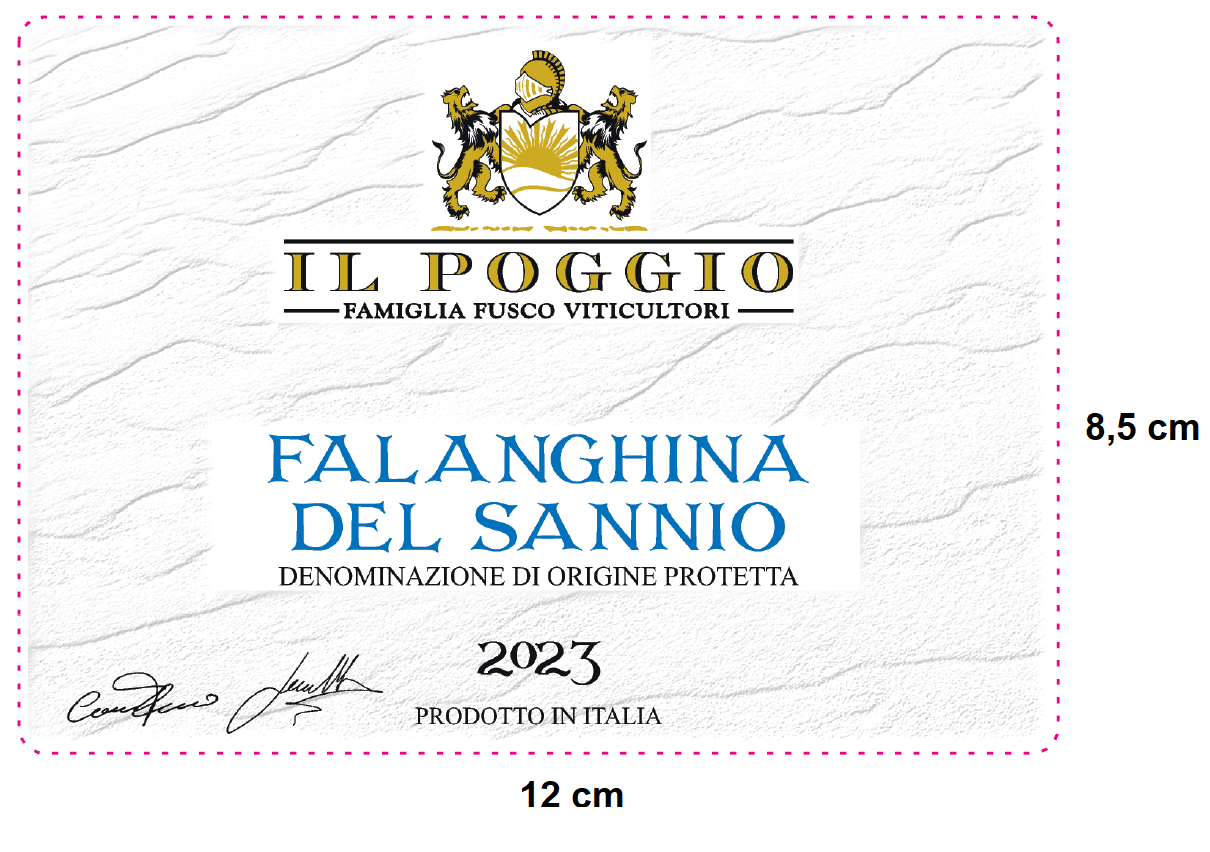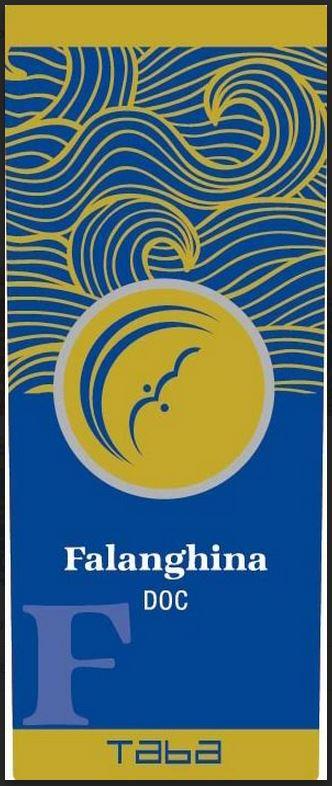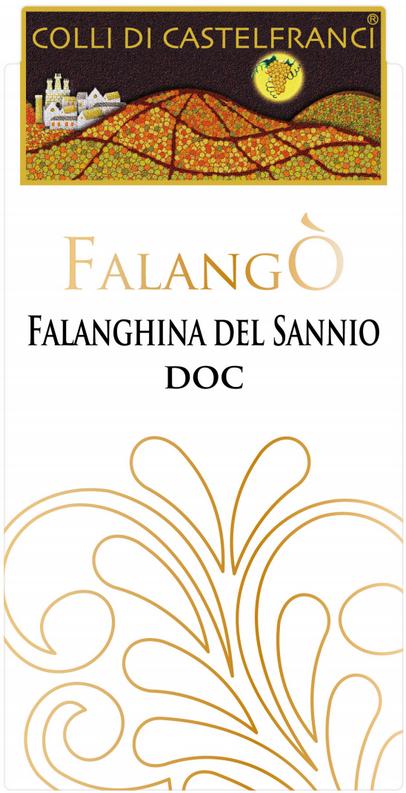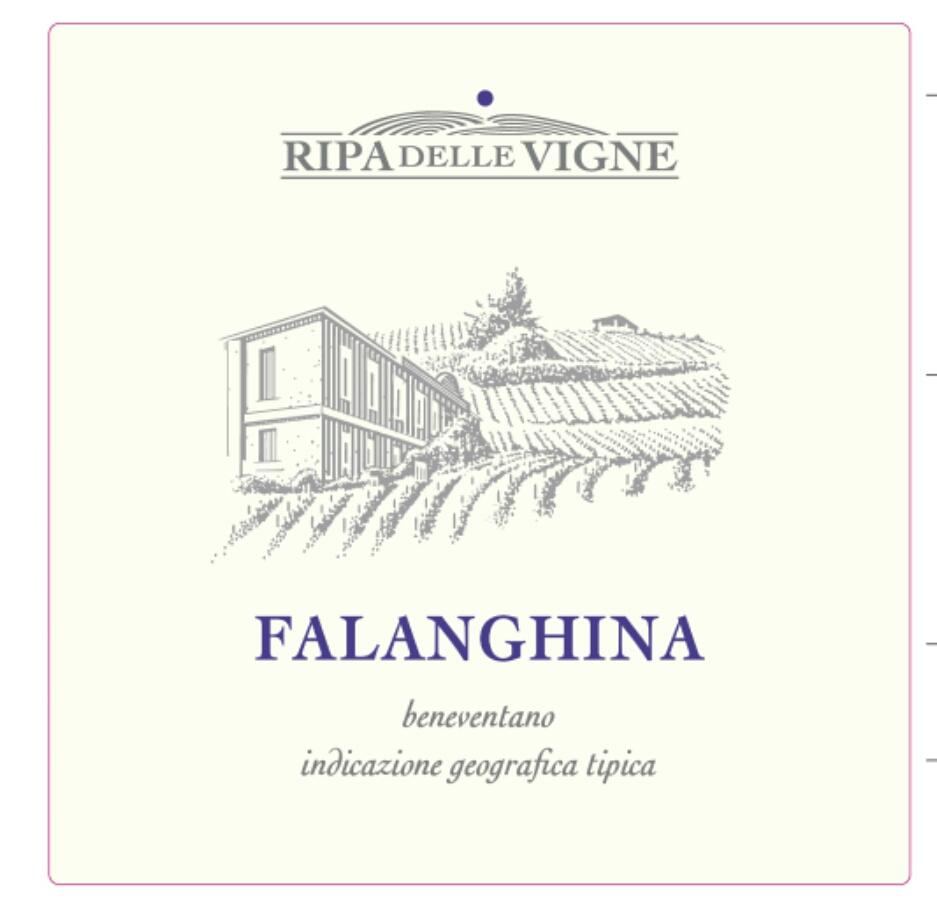Characteristics of Falanghina
Falanghina stands out for its vibrant acidity and refreshing, zesty character, making it a go-to choice for those who love lively white wines.
In the glass, it typically shines a pale straw-yellow with glimmers of green or gold, hinting at the fresh flavors to come. The wines are light to medium-bodied, with a clean, crisp profile and hardly any tannins, so they feel smooth and easy to drink.
While most Falanghina is made in a dry style, its versatility means you can also find sparkling or sweet versions, each highlighting a different side of the grape.
What Does Falanghina Taste Like?
Falanghina’s Campanian roots and volcanic soils impart a distinctive mineral backbone, often described as flinty or saline, that anchors its expressive profile.
Alongside lively notes of lemon, lime, tangerine, and bitter orange, you may also encounter stone and tropical fruits such as apricot, nectarine, pineapple, or banana, as well as crisp green apple, pear, and peach.
Floral aromas can range from white flowers, orange blossom, and acacia to elderflower, citrus blossom, or honeysuckle, while herbal and spicy nuances might include thyme, pine, ginger, leafy herbs, pine nuts, or a touch of cinnamon.
Rounding out the palate, a slightly bitter almond finish is sometimes joined by hints of honey, walnut, burnt toast, or even a whisper of burning rubber, underscoring Falanghina’s regional character.
Notable Region Falanghina Grows In
The character of Falanghina is deeply shaped by where it grows, with
Campania’s diverse terroirs offering the most distinctive and expressive examples of the grape.
-
Falanghina del Sannio DOC: This hilly inland region north of Naples is a benchmark for quality, producing vibrant wines—especially from the Beneventana biotype—with pronounced aromatics and freshness.
-
Campi Flegrei DOC: Set on volcanic soils near the sea, this area yields Falanghina with a signature mineral edge and salty, savory notes, thanks to its unique geology and coastal climate.
-
Falerno del Massico DOC: On the slopes of Mount Massico, these historic vineyards craft complex, age-worthy Falanghina marked by spice, depth, and a nod to ancient winemaking traditions.
-
Irpinia DOC: In the higher, cooler hills of inland Campania, Falanghina develops lively acidity and aromatic lift, making for especially refreshing and elegant wines.
Food Pairings
Falanghina’s vibrant acidity, subtle aromatics, and Mediterranean character make it a natural partner for a wide range of dishes that celebrate freshness and coastal flavors.
-
Seafood & Shellfish: The crisp minerality and citrus notes of Falanghina perfectly accentuate dishes like grilled prawns, steamed clams, and simply prepared white fish, while also cutting through the richness of fried seafood or shellfish pastas.
-
Pasta, Salads & Regional Favorites: Light pasta dishes with seafood, fresh vegetables, or tomato-based sauces, as well as classic Caprese salad and Campanian specialties like Pizza Margherita, all find a harmonious match in Falanghina’s lively profile.
-
Fresh Cheeses & Light Proteins: Young goat cheese, Buffalo Mozzarella, and mild white meats such as chicken or turkey highlight the wine’s refreshing character, making Falanghina a versatile choice for antipasti platters or Mediterranean-inspired meals.








